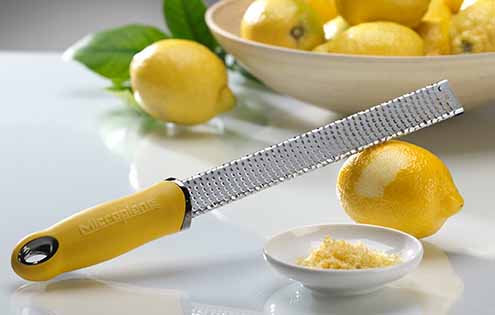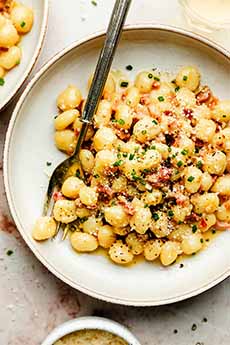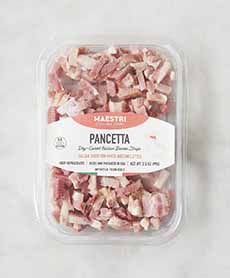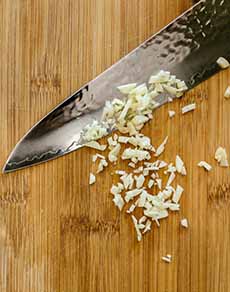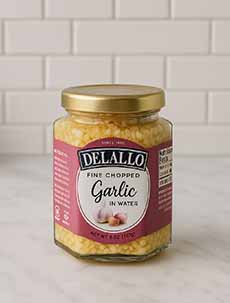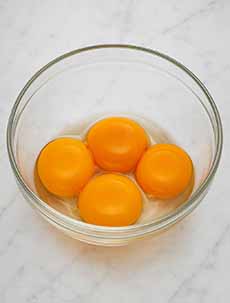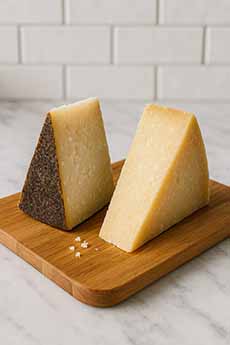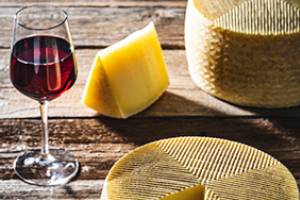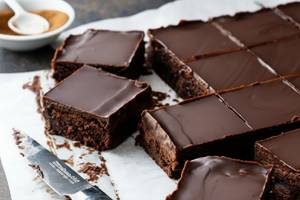Gnocchi Carbonara Recipe For National Carbonara Day
|
April 6th is National Carbonara Day, a creamy pasta dish beloved both here, in Italy, and anywhere else where a creamy Parmesan/Pecorino sauce can be made. This recipe, created by from Plays Well With Butter, was shared with us by DeLallo, a great source for the finest Italian products—and recipes. Instead of the spaghetti used in the classic recipe, pillowy potato gnocchi dumplings add texture and flavor, tossed with crispy pancetta, garlic, and a sauce of grated Parmesan and egg yolks. It comes together in just 20 minutes.Finish with lemon zest and chives for a quick and cozy carbonara dinner. If you like this recipe as much as we do, remember that the 29th of every month is Gnocchi Day in Argentina—a good reason to keep making it. > The classic Carbonara recipe and with more carbonara recipes. > The history of Spaghetti Carbonara. > The different types of pasta: a photo glossary. > The year’s 20 pasta holidays > Wine pairings with carbonara are below. You can substitute any shape of pasta here, but the best are the more substantial shapes: the corkscrew shapes (cavatappi, fusilli, gemelli, rotini), bell shapes (campanelle, gigli,trompetti) and generally fun shapes like ruote (wagon wheels) and recchiette (little ears). Prep time is 10 minutes and cook time is 10 minutes. If you don’t have both Parmesan and Pecorino cheeses, use the one you have. While Pecorino Romano is the traditional cheese for Spaghetti Carbonara, some prefer use a blend of Pecorino and Parmesan to balance the flavors. Pecorino has a sharp, salty tang, while Parmesan adding a less salty, nuttier flavor. > The different Italian grating cheeses. “Carbonara is a time-sensitive dish that comes together quickly once all the components are ready,” she says. “It’s helpful to already have a sense of the process once you begin cooking.” So measure, chop, and otherwise prepare the ingredients. Then: 1. BRING a large pot of water to a boil. Generously season the boiling water with salt. 2. RENDER* the pancetta in a large nonstick skillet over medium heat. Cook, stirring occasionally, until the fat renders and the pancetta becomes golden and crispy, about 5 minutes. Add in the chopped garlic. 3. COOK, stirring constantly to prevent burning, for 1 minute more, until the garlic is slightly softened and very fragrant. Remove from the heat immediately and set the skillet aside. 4. PREPARE the carbonara sauce egg mixture: Add the egg yolks and grated cheeses to a large mixing bowl. Generously season with freshly cracked black pepper and whisk to combine. The mixture will be thick. Set aside. 5. BOIL the gnocchi. Use your hands to break apart the individual pieces as needed before adding to the pot. Cook 3-4 minutes, stirring occasionally to prevent sticking, until the gnocchi float to the top of the pot. Reserve 1 cup of the starchy water, then drain the gnocchi. 6. TRANSFER the cooked gnocchi to the skillet with the rendered pancetta and garlic. While whisking constantly, pour about ¼ cup of the reserved starchy water into the carbonara sauce egg mixture. The hot water should loosen the egg mixture and begin to melt the cheeses. 7. TRANSFER the egg mixture to the skillet with the gnocchi, tossing well to combine. Return the skillet to medium-low heat. Continue to stir and toss, adding additional starchy water little by little, until the gnocchi carbonara sauce is glossy and coats the dumplings well. 8. FINISH the dish by tossing in the lemon zest. Remove from the heat. 9. TO SERVE: Divide the gnocchi into two pasta bowls. Top with extra grated cheese, finely chopped chives, ground black pepper, and a drizzle of extra virgin olive oil as desired. Serve immediately. Italy offers excellent red and white options. You want a wine with good acidity to cut through the richness of the sauce. |
|
|
|
________________ *Rendering fat is the process of melting and clarify animal fat, typically through slow cooking. The process separates the fat from impurities and water, resulting in a shelf-stable, usable fat for cooking and long-term storage. Examples include lard, rendered pork fat; schmaltz, rendered chicken fat; and tallow, rendered beef fat. Here’s a video of rendering pancetta. CHECK OUT WHAT’S HAPPENING ON OUR HOME PAGE, THENIBBLE.COM. |
||
